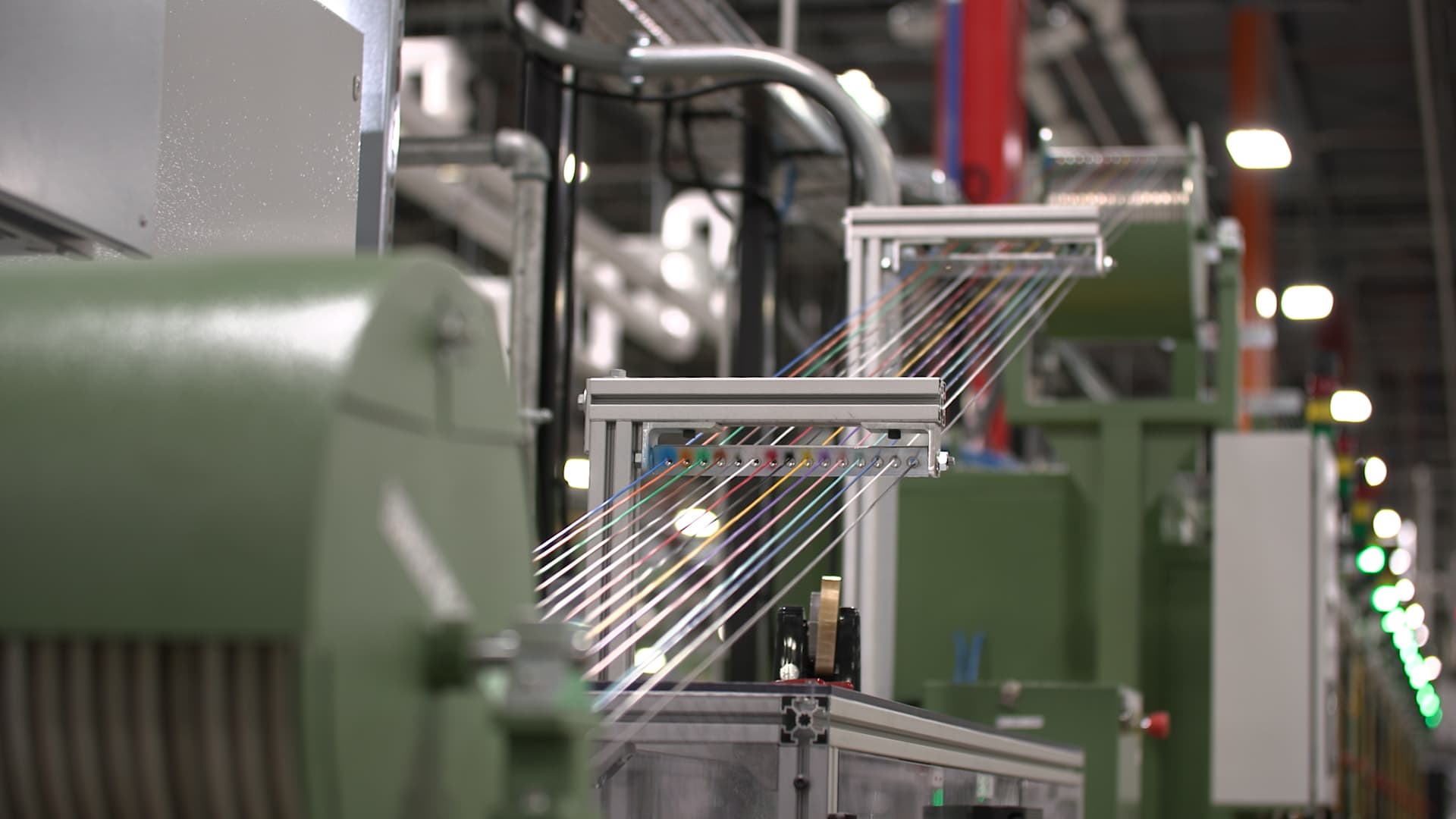Innovations in Fiber Optic Manufacturing

Fiber optic technology has transformed the world of telecommunications, offering faster, more reliable, and high-capacity data transmission. As demand for higher bandwidth and more efficient networks grows, so too does the need for innovation in fiber optic manufacturing. Recent advancements in production techniques and materials are pushing the boundaries of fiber optic performance, paving the way for next-generation communications infrastructure.
1. Precision Manufacturing Techniques
One of the most significant advancements in fiber optic manufacturing is the development of more precise production techniques. Traditional fiber manufacturing involved complex and sometimes inconsistent processes that could lead to defects. However, new automated systems have revolutionized the production of optical fibers by offering greater precision, minimizing errors, and improving overall fiber quality.
For example, laser-assisted manufacturing is now being used to ensure that the fibers produced have a more uniform structure. This process uses lasers to control the fiber drawing process, allowing for smoother transitions and fewer weak points that can cause signal degradation over time. These advancements have led to fibers that are more durable and better suited for long-distance, high-speed data transmission.
2. Bend-Insensitive Fibers
Traditional fiber optics could be prone to signal loss when bent or twisted, limiting their flexibility in dense urban environments and confined installations. However, the development of bend-insensitive fibers has changed this by enabling fibers to maintain signal strength even when bent at sharp angles.
This innovation is particularly important for use in Fiber-to-the-Home (FTTH) networks and smart cities, where installations may require cables to navigate tight spaces and sharp turns. By minimizing signal loss, bend-insensitive fibers allow for more reliable connections in various challenging environments.
3. Enhanced Materials for Durability
Fiber optics typically use glass or plastic materials for the core and cladding. However, the introduction of new, more robust materials is extending the lifespan of fiber optic cables, making them more resilient to environmental factors such as moisture, temperature fluctuations, and physical stress.
Fluoride-based glass fibers, such as ZBLAN (Zirconium Barium Lanthanum Sodium Aluminum Fluoride), have been at the forefront of this revolution. ZBLAN offers a broader transmission window and better signal retention compared to traditional silica fibers, allowing for higher data throughput over long distances. ZBLAN fibers are also less prone to crystallization during production, leading to fewer defects and higher-quality fibers overall.
4. Space-based Fiber Optic Manufacturing
One of the most exciting breakthroughs in recent years is the production of fiber optics in space. Research has shown that producing fibers in a microgravity environment, such as aboard the International Space Station, can lead to fibers of superior quality. In space, fibers experience fewer imperfections caused by gravity-induced crystallization and sedimentation, leading to flawless optical fibers with fewer defects and greater strength.
Space-based manufacturing has the potential to revolutionize fiber production by offering a new way to create ultra-high-performance fibers that could be used in critical applications like quantum computing and long-range telecommunications.
5. 3D Printing of Fiber Optics
3D printing is another breakthrough in fiber optic manufacturing, offering a faster and more customizable way to produce fiber cables. Researchers have developed techniques to print optical fibers directly into specific shapes or structures, reducing waste and production costs while allowing for innovative designs that were previously impossible.
This advancement could lead to new applications, such as creating specialized optical fibers for medical imaging or aerospace, where fibers need to be highly customized for specific tasks.
6. Multi-Core and Multi-Mode Fibers
Another key innovation is the development of multi-core and multi-mode fibers, which allow for the simultaneous transmission of multiple data streams within a single cable. This technology significantly increases the data capacity of a single fiber optic cable, enabling faster and more efficient data transmission.
These fibers are especially beneficial for data centers and telecommunication networks, where large volumes of data need to be transmitted quickly and reliably. By maximizing the use of each fiber, multi-core and multi-mode technologies reduce the need for additional cables, lowering costs and infrastructure requirements.
7. Environmental Sustainability in Fiber Manufacturing
As sustainability becomes a growing concern, fiber optic manufacturers are exploring ways to reduce their environmental footprint. New production methods aim to reduce energy consumption, minimize waste, and use recyclable materials in the manufacturing process.
For instance, researchers are working on developing biodegradable optical fibers that could be used in temporary or short-term installations, such as environmental monitoring or disaster response systems. These fibers would break down naturally after use, reducing the impact on the environment.
Conclusion
The fiber optic manufacturing industry is undergoing rapid innovation, driven by the growing need for faster, more reliable data transmission. Advancements in production techniques, materials, and technologies such as space-based manufacturing and 3D printing are pushing the boundaries of what fiber optics can achieve. As these technologies continue to develop, we can expect even more efficient and resilient fiber optics that will power the networks of the future.
These innovations are not only enhancing performance but are also opening new opportunities for applications in industries ranging from telecommunications to space exploration.